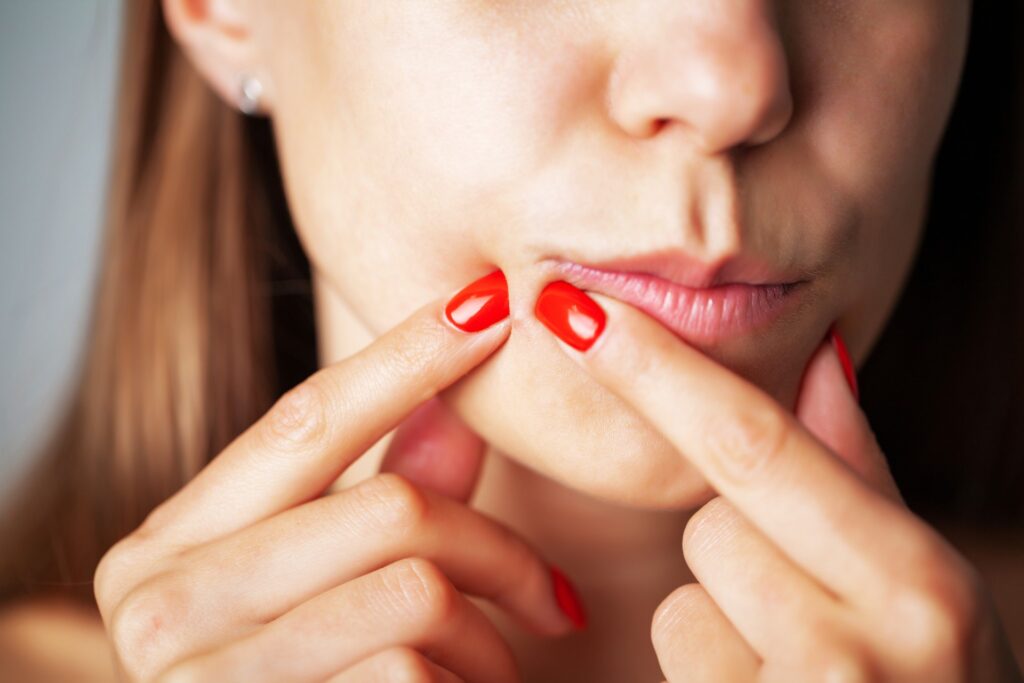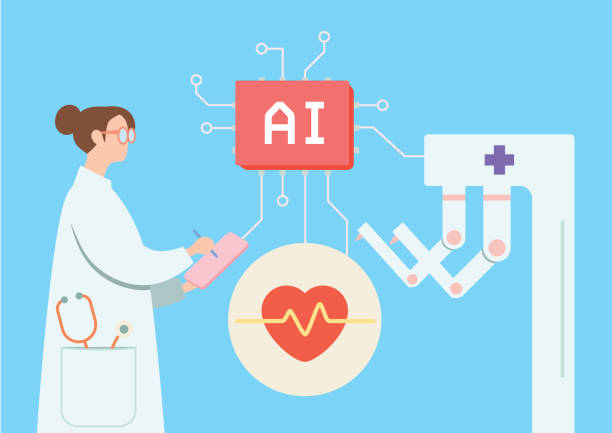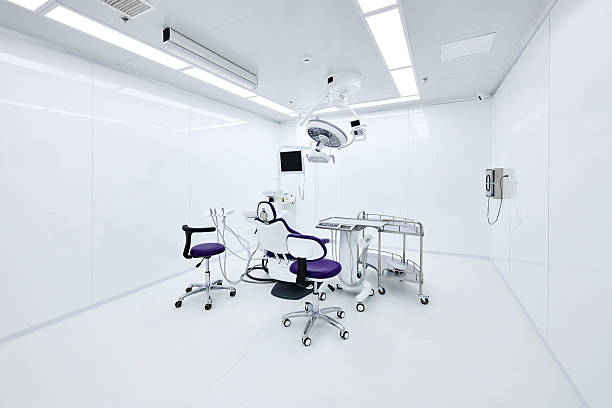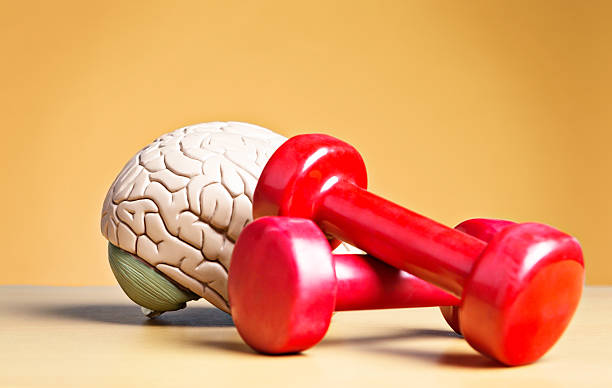Everybody desires to have a beautiful and smooth face, but many people have to deal with facial breakouts at some point. However, facial breakouts have different causes, making it hard to treat them. For instance, pimples can be caused by excess oil, bacteria, or clogged pores. Herpes outbreaks occur due to a viral infection, which means they need a separate treatment option.
Since herpes and pimples appear as blisters or red bumps, it’s easy for people to mistake one for the other and start with the wrong treatment. Therefore, it is vital to understand the difference between these facial breakouts for prevention and proper care. Here are key things to know about common facial breakouts.
Contents
Where Do Pimples and Herpes Occur?
Although pimples and herpes look similar, where they occur provides vital clues about their differences. A pimple is likely to appear in an area with active oil glands, such as the chin, nose, forehead, or cheeks. Sometimes pimples appear on the lip line. Therefore, the herpes vs pimple key visual and symptom differences resource can help the affected person differentiate them. Pimples can also occur along the hairline or jawline due to trapped oil or blocked pores.
Herpes often develops around the lips and mouth or around the genital areas. Facial herpes appears as a cluster of painful blisters, not single spots like a pimple. When one recognizes these differences, it becomes easier to determine the best way to treat them.
How Can One Deal with Herpes?
Treating herpes or a cold sore requires patience since healing takes time. However, one important aspect is to ensure the virus does not spread while one is waiting to heal. One should avoid touching the cold sore because the herpes simplex virus is usually contagious. Touching the infected area causes the virus to spread to other people or areas of the body, including the eyes.
People with herpes blisters might be tempted to pop them, but they should avoid doing so since this does not help the blisters heal faster. If anything, the breakout worsens, increasing the probability of infection and spreading.
While it is possible for these blisters to heal on their own, OTC treatments can also reduce the healing time. Another option is to see healthcare providers so they can prescribe the right medication to reduce the severity of the blisters and shorten the healing time.
How Can One Handle Pimples?
While it is not easy to prevent pimples, especially those that appear on the lip line, there are some steps one can take to protect the skin. Pimples are not contagious and cannot spread to other parts of the body or to different people.
A pimple can heal within a day to a week. However, it is not advisable to pop or pick the pimple since this can worsen the blemish or cause scarring. If the area is swollen, wrap an ice cube in a soft cloth and place it over the pimple for some minutes. This eases the pain and reduces swelling.
Acne spot treatment creams can accelerate healing but should not be applied frequently as they dry out and irritate the skin. Those who get pimples regularly on their face or other body parts should seek proper acne treatment to stop them before they form. Effective and timely acne treatments clear the skin over time.
Understanding the difference between pimples and herpes helps one take precautions and get the right treatment. So, it is important to recognize the signs in advance to take the right steps and keep their skin smooth and healthy for longer.




